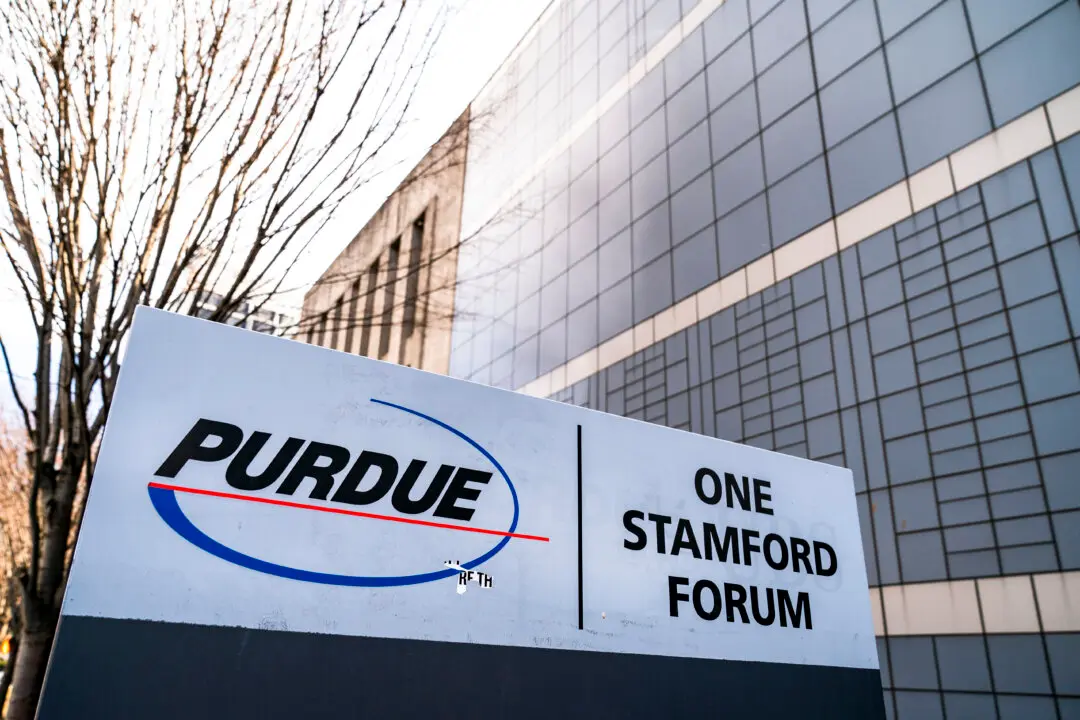Advocates warn that what’s at stake if developers and their foreign investors succeed in constructing offshore wind turbines along the east coast is a crucial food source and a rich cultural heritage preserved among fishermen.
“Generations of fishermen could be sacrificed on the altar of green energy,” Meghan Lapp told The Epoch Times.





